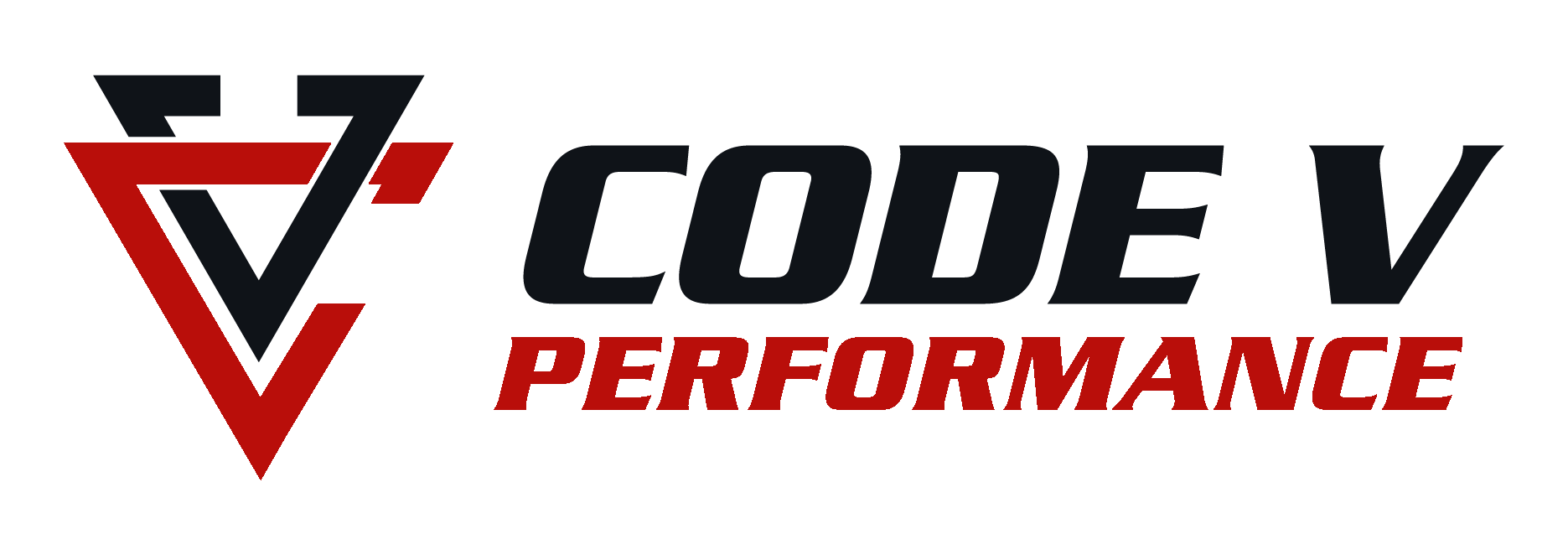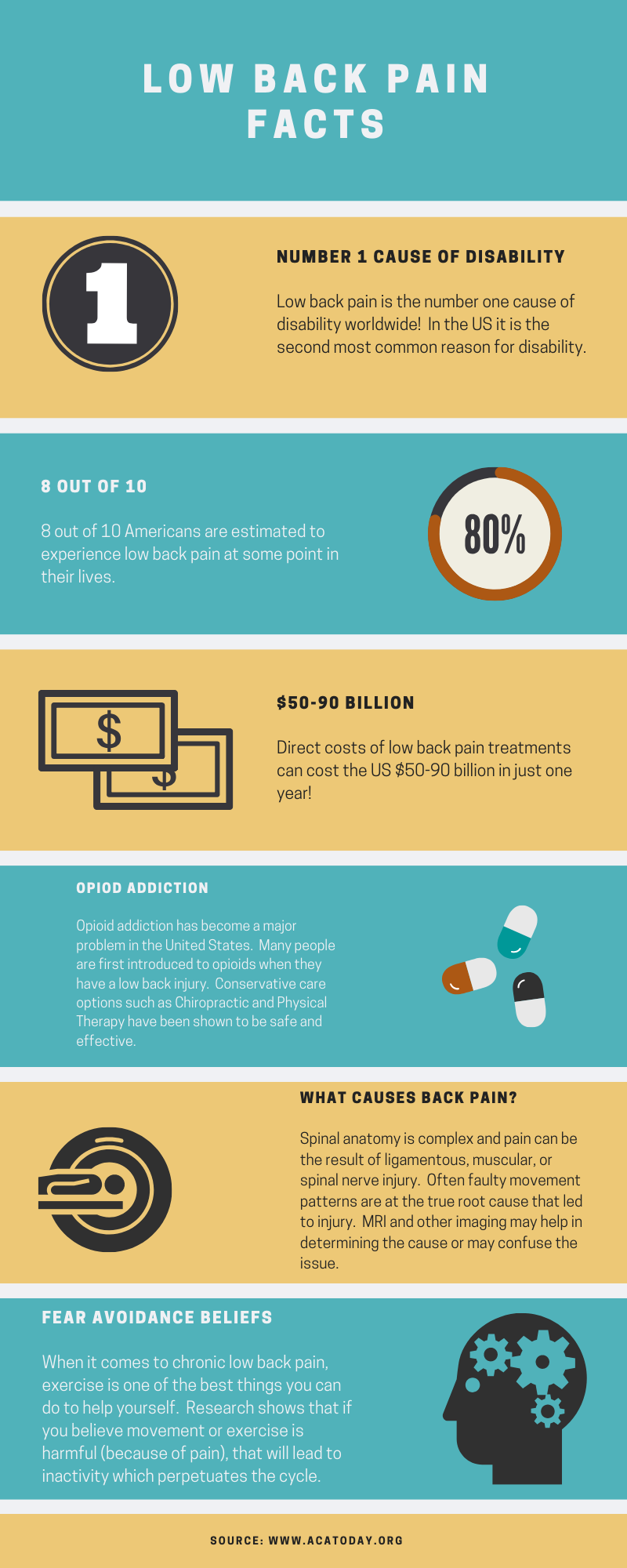AMIT and Low Back Pain
Low back pain is a significant public health issue. It is the second most common reason for disability among US adults and accounts for an estimated 149 million lost work days. Because of the sheer prevalence of low back pain, the costs to the healthcare system as well as the economy in lost work hours is quite immense. In 2005 the Journal of the American Medical Association reported that spine care treatments cost a whopping $85.9 billion!
If you yourself have suffered from low back pain, then you can understand how it affects every aspect of your life. I have experienced episodic low back pain since I was 12 years old. To be clear – BACK PAIN IS NOT NORMAL! Low back pain is COMMON, but not NORMAL. This is an important distinction.
Low back pain can be a complex healthcare problem. Many people find significant relief from their pain with chiropractic adjustments. Physical Therapists often focus on core stabilization to address low back pain with their patients as well as joint mobilization or manipulation. It is becoming more and more clear that low back pain is typically the result of faulty movement patterns that are influenced by limited hip mobility, limited thoracic (mid/upper back) mobility and weakness throughout the posterior chain (Back muscles, glute muscles and muscles in the back of the legs) as well as core muscle weakness.
Most medical practitioners try to find the anatomical reason for pain. Depending on the types of symptoms present, the disc, the nerve root or the facet can be part of the pain equation. Knowing which part of the spine is causing pain can be helpful in addressing the cause. However, there are times when the exact anatomical cause of someone’s low back pain may be unknown. You might wonder how this can be??! With all of the imaging now available to us – CT, MRI, etc. it should be easy to determine where the problem is, correct? Unfortunately, this has proven to not be the case. As we age, it is more and more common for our spine to show signs of degeneration including bulging discs, protruding discs and tears in the annulus (outer layer of the disc) REGARDLESS of whether or not you have back pain! This of course leads to a conundrum: if you have back pain and get an MRI and it shows a bulging disc, you may think you have found the cause! The question then is – was the disc bulge there before you had back pain?
Instead of an anatomical approach, I prefer to take a functional approach to low back pain. This means, we assess your range of motion, quality of certain movements and muscle test to determine your neuromuscular integrity. Typically, in patients with a history of low back pain, all of the low back extensors will be inhibited and often the deep core stabilizers. The gluteus maximus muscles are generally also inhibited. What does inhibition mean? In short – it is as if a breaker switch has been flipped. The muscle is able to produce a contraction, but when tested against resistance will fail. This means that the pelvis and low back are then unstable, which can often lead to repeated and further low back injury. After we use AMIT (Advanced Muscle Integration Technique) to correct these inhibited muscles (along with Chiropractic adjustments), the patient is then instructed in simple exercises to begin strengthening the newly facilitated muscles as well as exercises to improve their movement patterns. This integrated approach is a very effective approach to helping people return to the activities they love.


